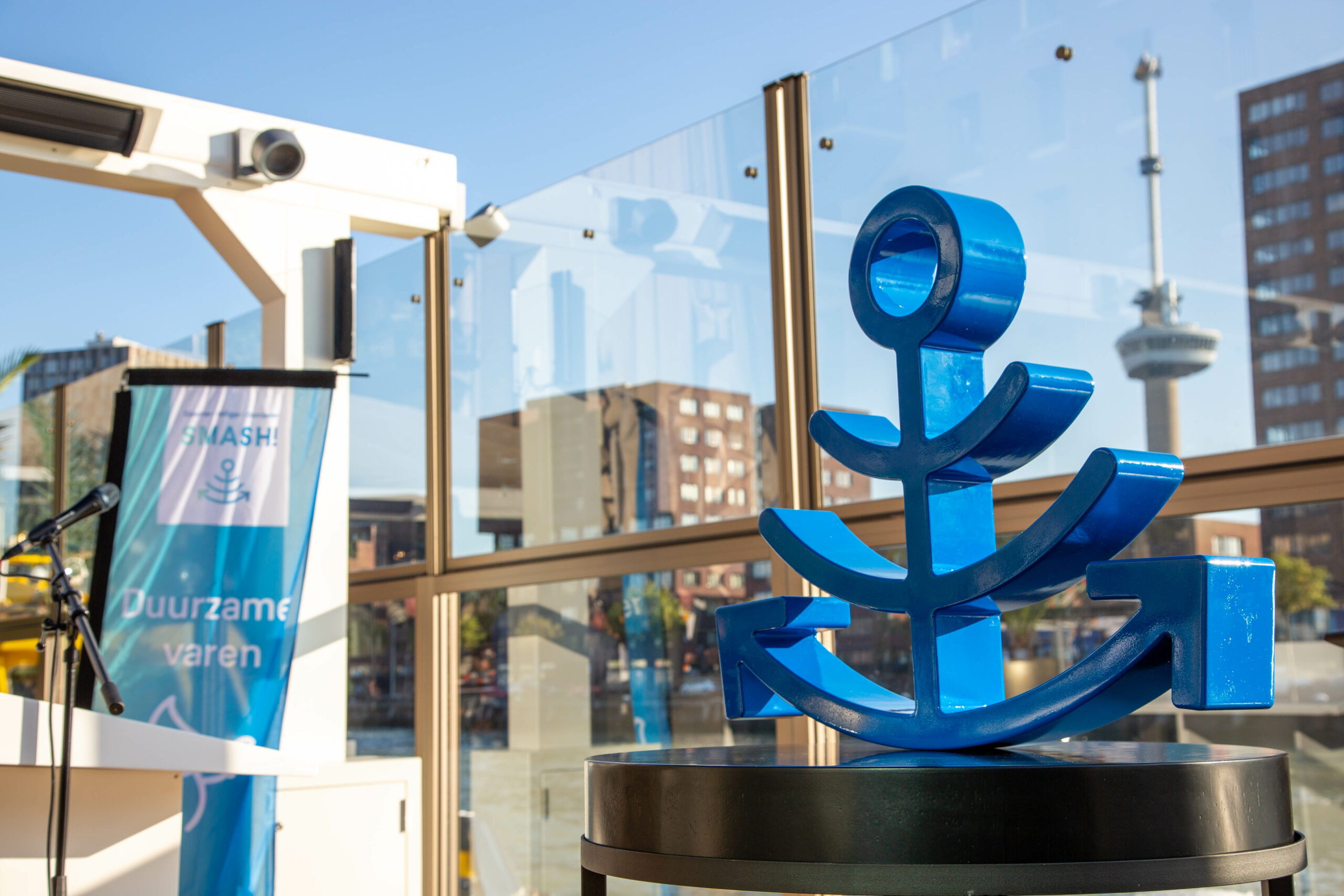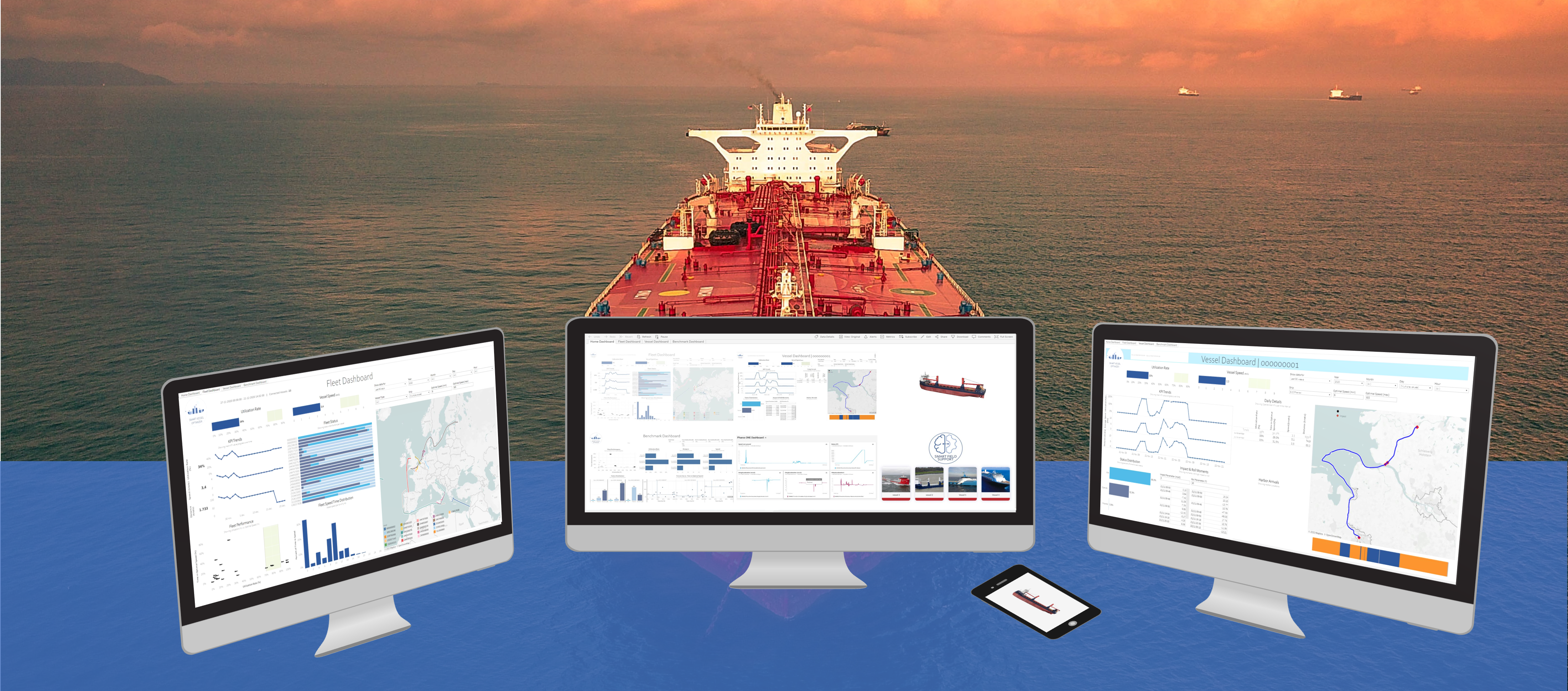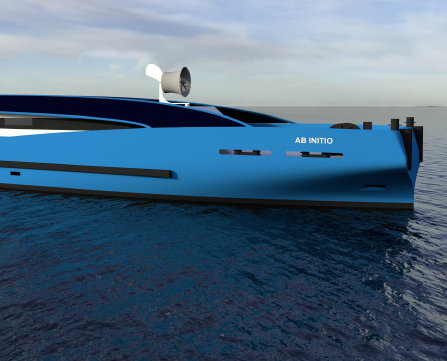Network partner in the spotlight: Flumensys Technologies
SMASH! is the network for smart shipping. As an extension to our community and our collaboration partners we are introducing a new feature: Network partners. Every month we will shine the spotlight on the companies and staff members of our network partners through monthly interviews. They will give us ‘a look behind the scenes’, tell us which developments we can expect and how they see cooperation in the SMASH!-community taking shape. For this article we spoke with Juraj Pavlica, founder of the Dutch start-up Flumensys Technologies.
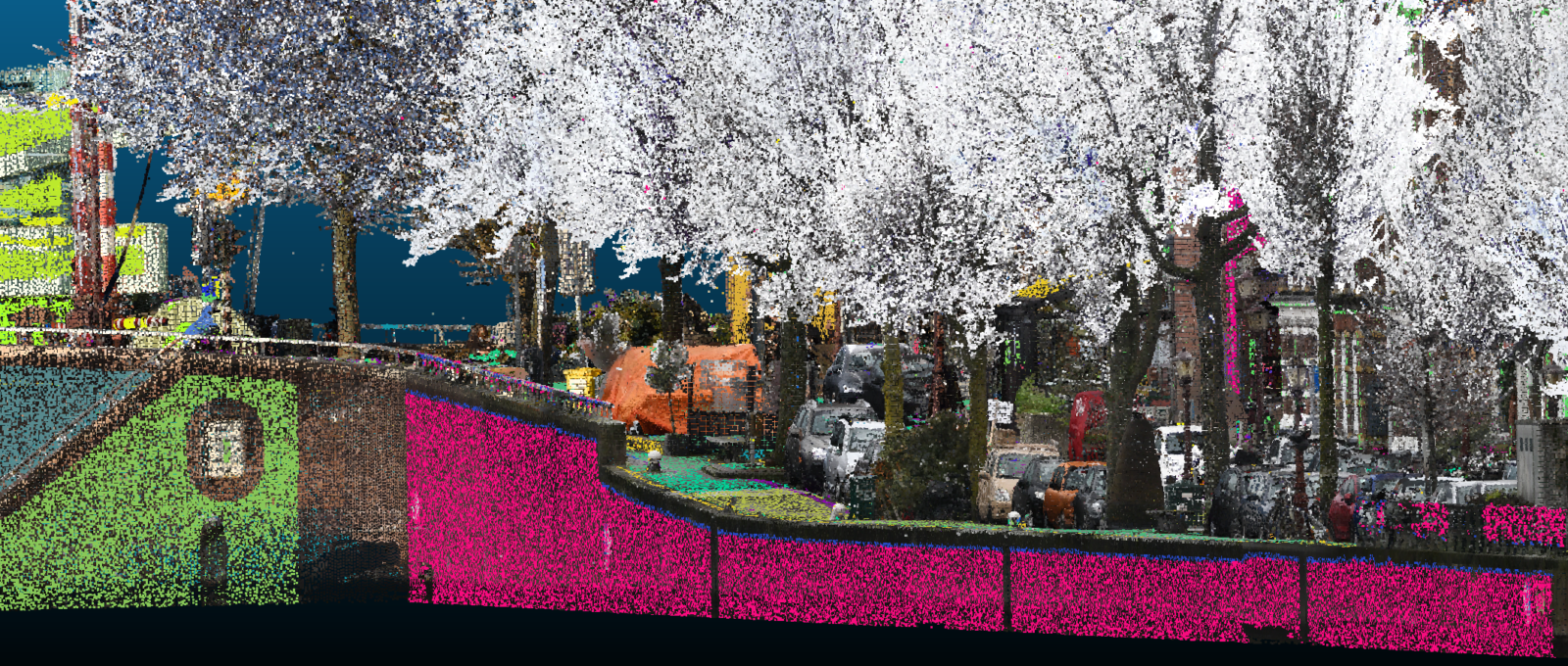
Combining knowledge and opportunities
As a senior automation engineer, Juraj already gained a lot of experience with projects in the maritime, offshore and aerospace sectors. He uses his expertise in automation, robotics, software and systems integration, as he says himself, to follow his passion: solving contemporary problems and exploring future opportunities with the most recent technology. An example of such an opportunity? ‘I see great logistical-economic potential in port areas, on inland waterways and in canals in and around almost all cities. We can utilize that potential with unmanned and autonomous vessels. We are committed to creating the necessary digital infrastructure for smart waterways. In this way, manned and unmanned vessels can use waterways together in a safe and transparent way.’
Safety above all
Juraj sketches the image he has in mind on the basis of the Amsterdam canals. ‘Unmanned, autonomous and electrically powered vessels transport waste, building materials and other goods. This makes it a clean alternative to polluting road traffic. You can also order an unmanned watertaxi or ferry on demand with an app. On sunny days it is also teeming with pleasure boats, which you can also rent for a few hours with an app. A remote control center on shore coordinates the movements of the unmanned vessels and intervenes where necessary. These kinds of applications in urban mobility have many possibilities. But many logistics tasks can also be performed autonomously and unmanned in port areas. It goes without saying that safety is of great importance here. The legislator will rightly ask for hard guarantees in this area.”
Through conversations with experts – including in his podcast – Juraj discovered that the emphasis is still very much on individual on-board technology. There is still some catching up to do on the infrastructure side. Juraj: ‘Standardization of data and interfaces – and thus better interoperability – are indispensable in this regard. We are working on that.”
Eye for manned and unmanned
Juraj is familiar with the current state of maritime communication and navigation technology. ‘Take a look at the electronic maps. Made by and for people. If we share waterways with robots and integrate the new applications into existing technologies, this will inevitably lead to unsafe situations. That is why we want to add a new ‘safety and security layer’ that is compatible with current technologies.’
Juraj explains that he has already successfully digitized various waterways and port areas with Flumensys. ‘We built two prototypes and patented our idea. The first is aimed at providing ‘infrastructural’ support for autonomous vessels with accurate localization and mapping of the environment. If the robot knows for sure where all static and dynamic obstacles are, then it can navigate safely.’ The second product is a digital twin. With this virtual, real-time, representation of a waterway, Flumensys creates situational awareness for people responsible for safe navigation. For example, an inland skipper can use it during night navigation.
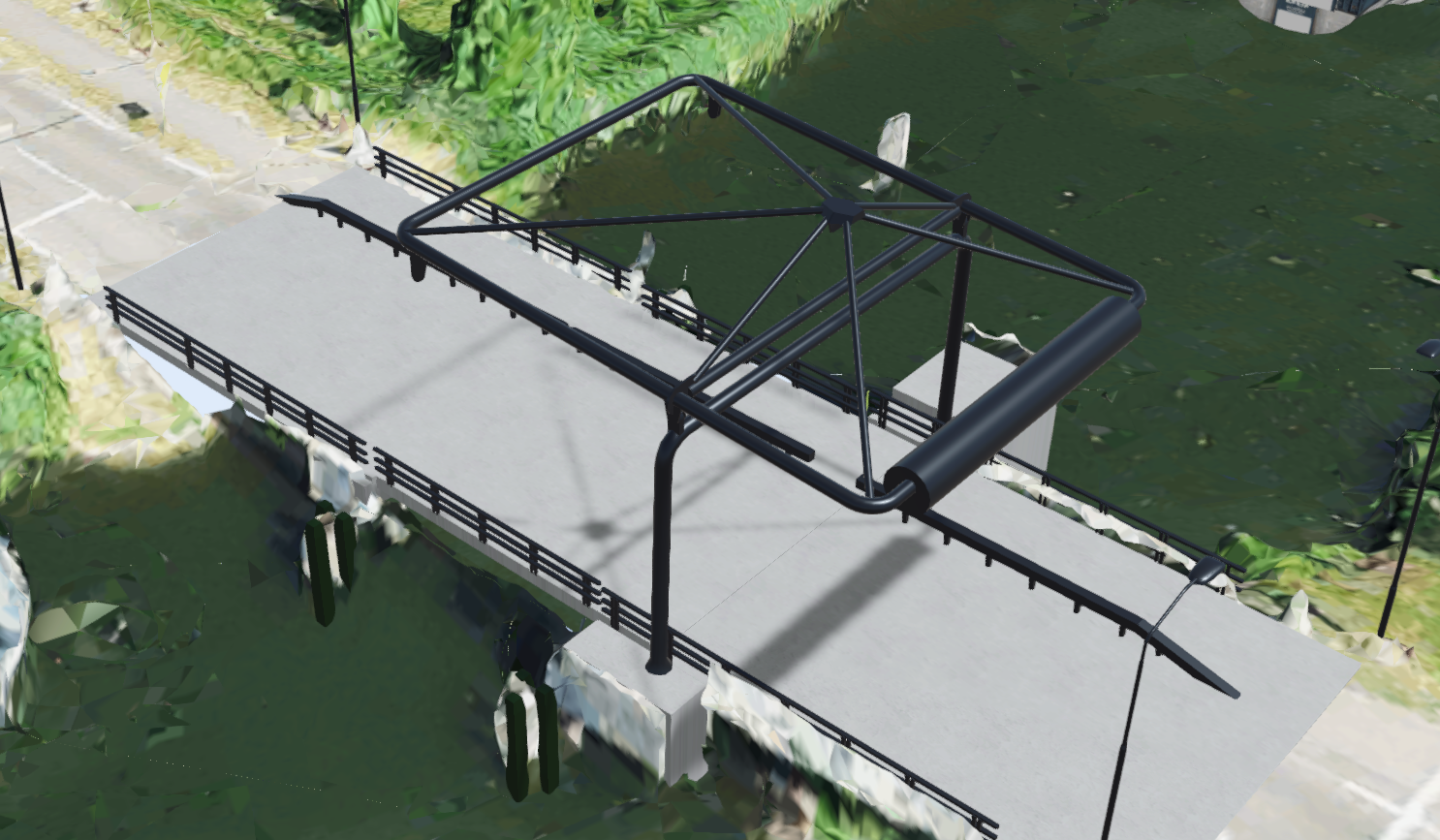
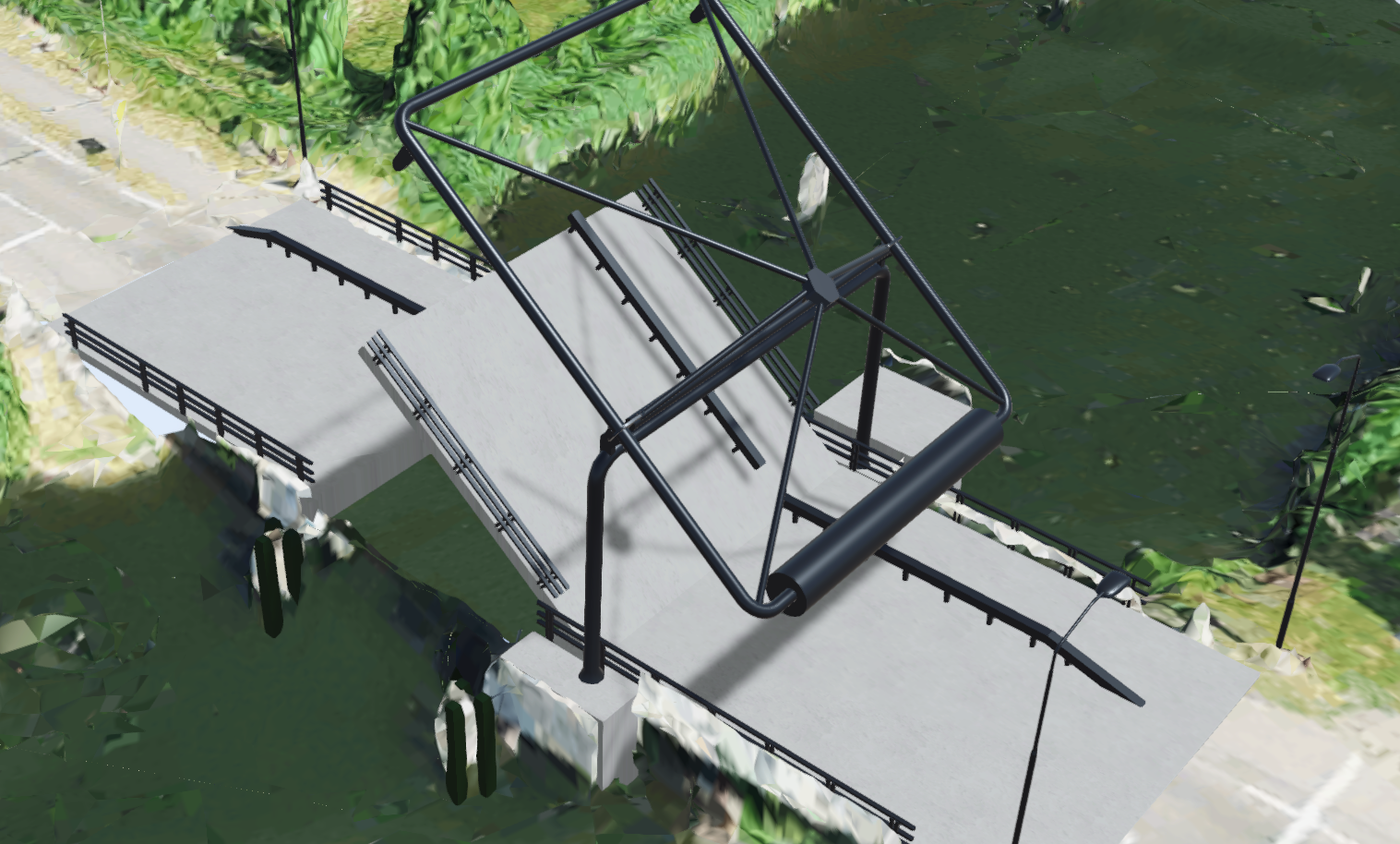
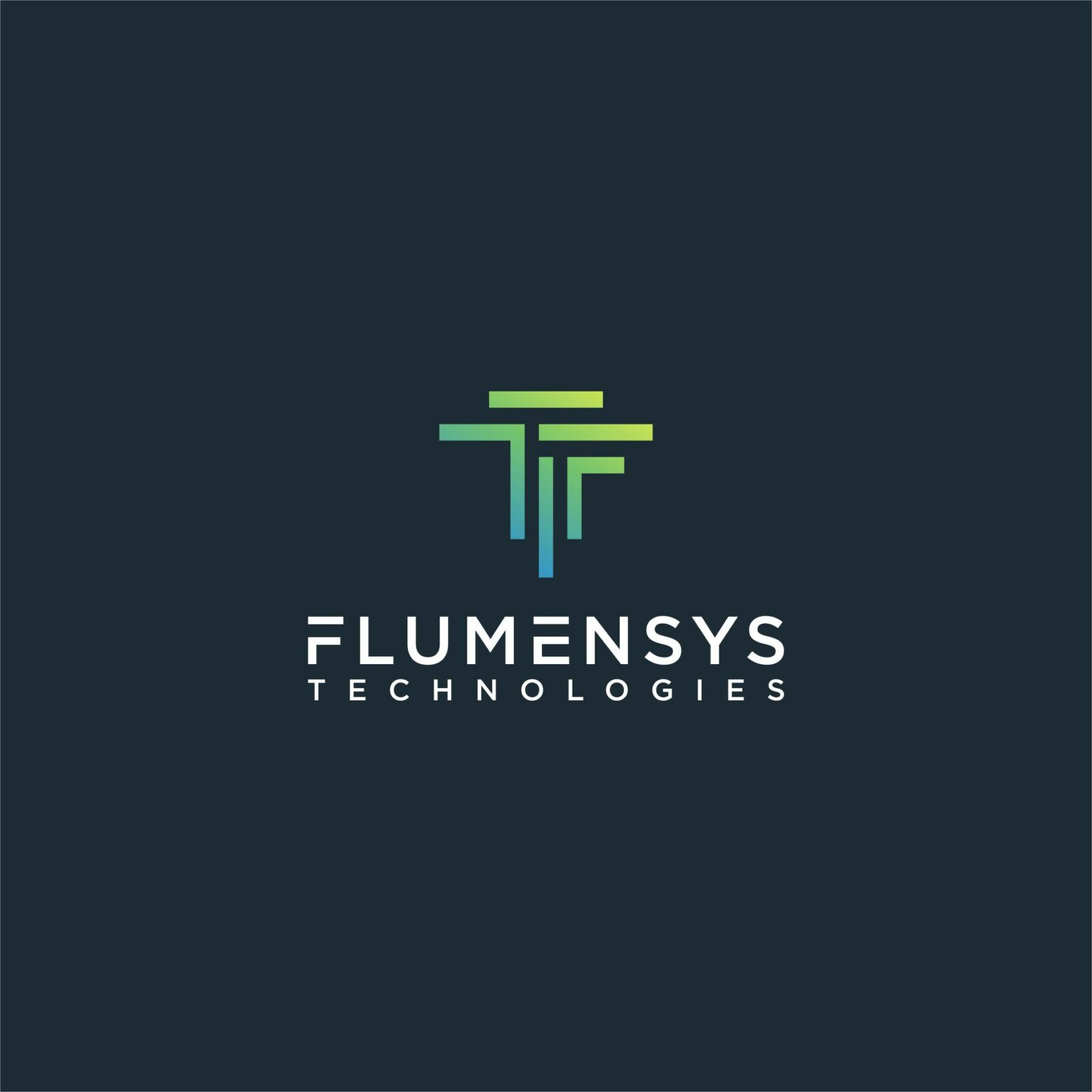



Developing alliance
Right now Juraj and his partners are working on a product with the working title Alliance. It goes without saying that all participants on the water must communicate with each other in the same language or at least be able to make the translation. Alliance provides for the development of an open standard in which several companies in the United States and Europe are already participating. ‘You have to see it as an open product to which you can plug in other products,’ says Juraj. ‘We want to be an important link in the larger ecosystem. We aim to reach critical mass by next summer that will allow us to broadly deploy the standard. Of course we also invite everyone within SMASH! to join us.’
SMASH! as a hub
Juraj sees the digital transformation of the maritime sector as a complex process over the longer term. ‘But,’ he says, ‘high-tech and logistics are top sectors in the Netherlands. To keep it that way, it is necessary that we continue to innovate and push boundaries, for example by sharing knowledge and working together. SMASH! is an important hub for this. In my view, the tipping point for smart shipping lies in wider commercial adoption. No major technological breakthrough is needed to achieve this. What is needed is that the maritime sector works together and show the legislator that what we do is climate neutral and safe. We want to contribute to that safety by, among other things, developing a standardized way of communicating. Will you join us?’
